

In Shall We Dance?, Richard Gere plays a man in the throes of a mid-life crisis. This is new territory for the 55-year-old actor who’s always found himself opposite considerably younger leading ladies. Here, he actually plays a man his age, and is married to someone a bit more believable. Has Gere finally grown up? Of course not! He decides taking ballroom dance lessons from a woman 20 years his junior will help out of his funk.
Gere plays Chicago lawyer John Clark, a man in a rut. Day after depressing day, it’s the same routine of drawing up a few wills, running a couple miles on the treadmill, and returning home to apathetic wife Beverly (Susan Sarandon) and their two teenage children. The only highlight of his day is the fleeting moment when the “L” train passes by the beautiful but solemn looking woman (Jennifer Lopez) in the window of Miss Mitzi’s Dance School. Drawn to her, John impulsively jumps off the train and into the dance studio where he’s confident that lessons will bring happiness back to his life.
 Much to the dismay of John and the two other men in the class (Bobby Cannavale and Omar Benson Miller), their lessons will be taught by the aging Miss Mitzi (Anita Gillette) rather than beautiful window-woman Paulina (Jennifer Lopez). For the next eight weeks after work, John covertly makes his way to class to learn the gamut of ballroom routines that would realistically take one person at least twice as long to master. At the same time, he wants desperately to understand why his pretty muse solemnly dances alone.
Much to the dismay of John and the two other men in the class (Bobby Cannavale and Omar Benson Miller), their lessons will be taught by the aging Miss Mitzi (Anita Gillette) rather than beautiful window-woman Paulina (Jennifer Lopez). For the next eight weeks after work, John covertly makes his way to class to learn the gamut of ballroom routines that would realistically take one person at least twice as long to master. At the same time, he wants desperately to understand why his pretty muse solemnly dances alone.
The 1996 original Japanese version of this movie was wildly charming because of the admirable performance by Koji Yakusho in the lead role. The Americanized version is a melodramatic nightmare marred by poorly contrived situations and emotionally weak characters. It’s understandable that Beverly is concerned that her husband is having an extra-marital affair. She sniffs his laundry and calls his work but never confronts him. Instead, she pays a private investigator a ridiculous $2,000 to watch his comings and goings. Sounds like this money would be better served on counseling.
Most of Dance alternates between John’s sneaking around, and the cheesy looking lessons that are taught in class. What few dance numbers we do get are masked by the film’s obnoxious subplots that all seem to culminate at the wrong time, during the inevitable big Chicago dance competition finale. Those looking for a feel good movie that takes its dance seriously should look to better films like Strictly Ballroom.
The film’s sole highlight comes from watching a flamboyant but heterosexual Stanley Tucci shake his stuff while wearing a longhaired wig, fake teeth, and a bottled tan. He seems to have the most fun of anyone. On the other hand, Gere can’t muster any realistic chemistry with either Lopez or Sarandon. He may look good in a tux trying to dance the waltz, but that certainly wasn’t enough to win me over. As for J. Lo, at least she’s returned to a role that showcases her one true talent: shaking it.
Review by David Levine © 2004 filmcritic.com

















![Rare Candid Photo of Linda Harrison in Bikini (July 1984) [221110-1]](https://www.filmfetish.com/img/p/2022/11/221110-1-linda-harrison-85x11-web-170x170.jpg)
![Superman Actress Margot Kidder Portrait Photo, Lois Lane [210906-9]](https://www.filmfetish.com/img/p/2024/03/210906-9-85x11-web-170x170.jpg)
![Original The Walking Dead Cast Lauren Cohan, Steven Yeun and Laurie Holden at 2011 Press Event Photo [221114-15]](https://www.filmfetish.com/img/p/2022/11/221114-15-11x85-web-170x170.jpg)
![DC Metro Trains Pulling into Station Photo Print [210803-0011]](https://www.filmfetish.com/img/p/2021/08/210803-0011-13x19-web-170x170.jpg)












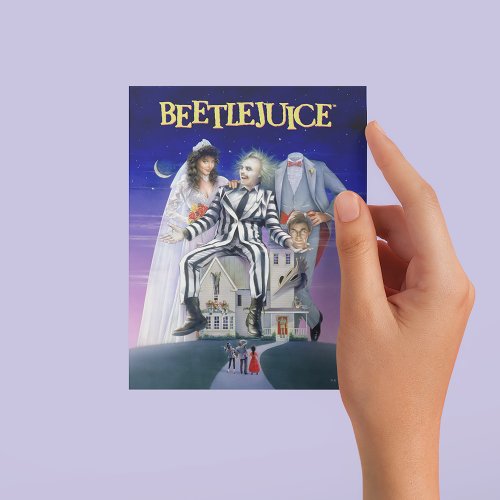



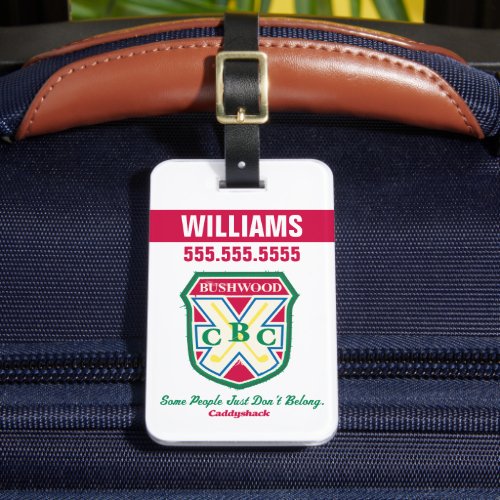

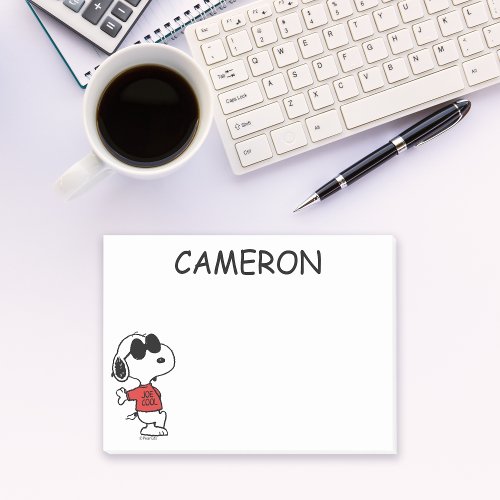




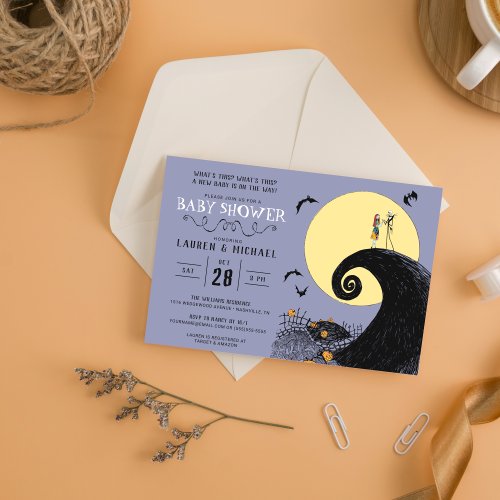
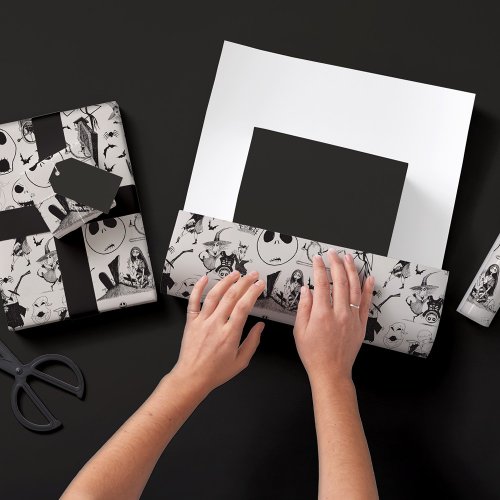

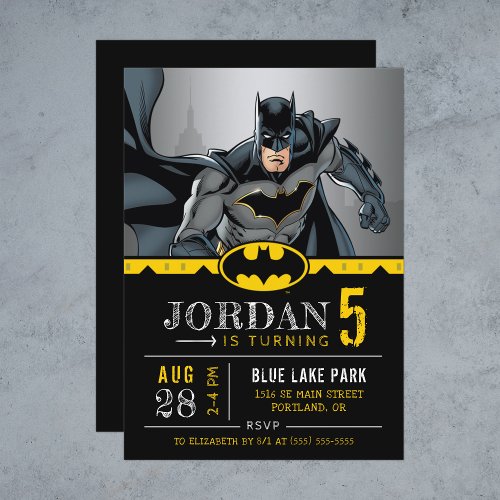

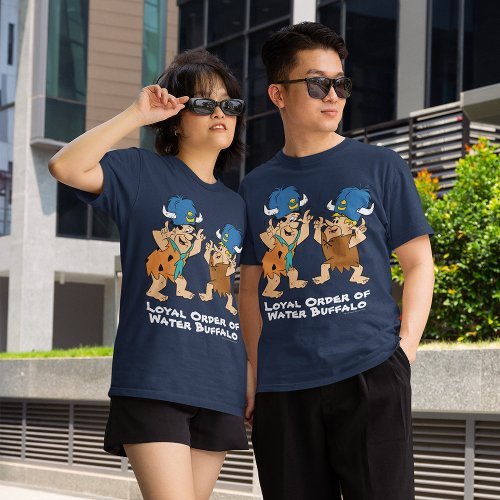

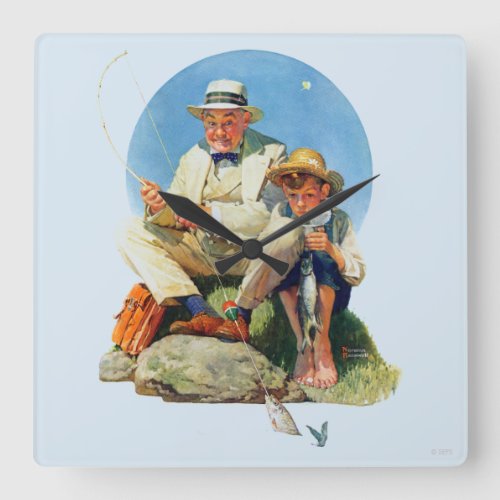

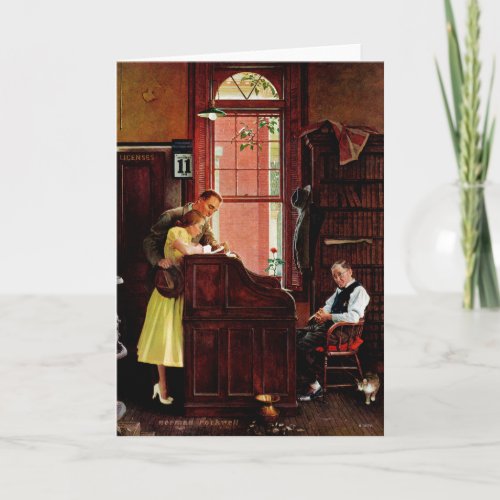


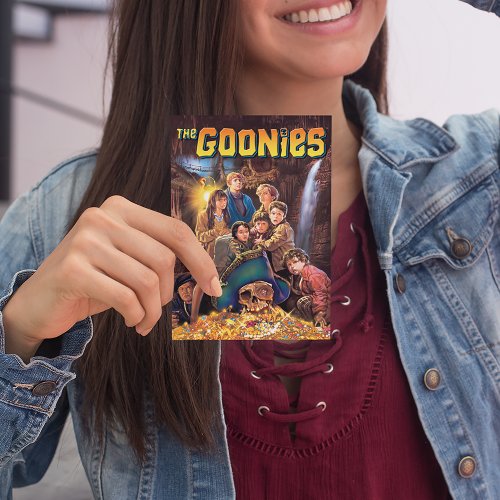




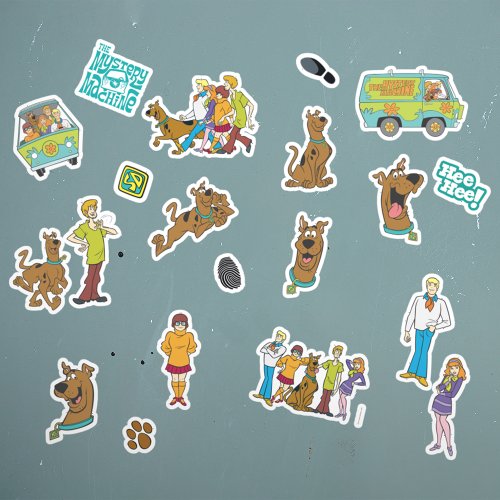


![Barnen från Frostmofjället a.k.a. The Children (1945) Original Press Publicity Photo [M91]](https://www.filmfetish.com/img/p/2023/02/P1490679--170x170.jpg)

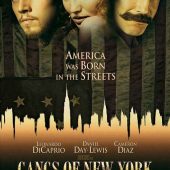
![The Hollywood Reporter (March 4, 2016) Oscars 2016 Chris Rock Special Issue [R12]](https://www.filmfetish.com/img/p/2022/03/img-0128--170x170.jpg)
![Our Army at War Sgt. Rock’s Easy Co. (No. 161, Dec 1965) Joe Kubert [9059]](https://www.filmfetish.com/img/p/2019/10/our-army-at-war-9059-01-170x170.jpg)

![The Hollywood Reporter (November 16, 2012) Naomie Harris, Daniel Craig, Javier Bardem, Sam Mendes [T47]](https://www.filmfetish.com/img/p/2022/04/hollywood-reporter-t47-01-170x170.jpg)
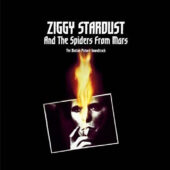
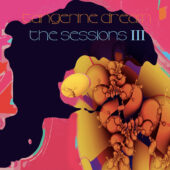
![The Hollywood Reporter (May 1, 2015) Roger Ailes [T94]](https://www.filmfetish.com/img/p/2022/04/hollywood-reporter-t94-01-170x170.jpg)